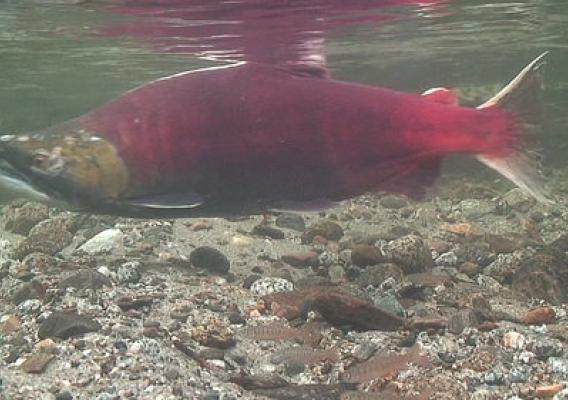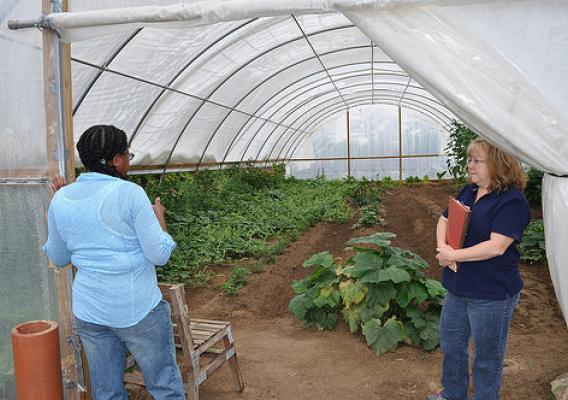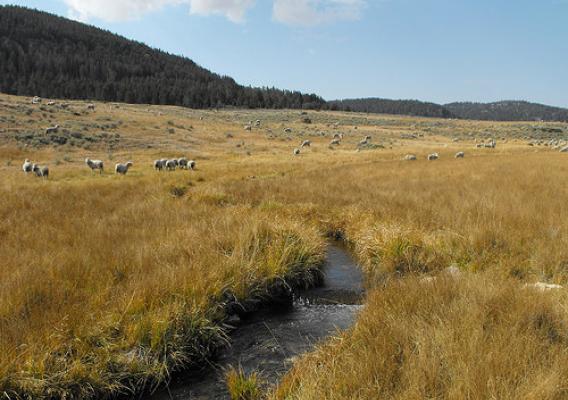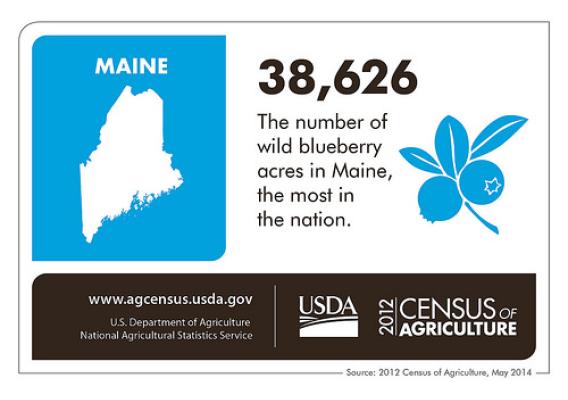The Census of Agriculture is the most complete account of U.S. farms and ranches and the people who operate them. Every Thursday USDA’s National Agricultural Statistics Service will highlight new Census data and the power of the information to shape the future of American agriculture.
When examining the status of Maine’s agriculture using statistics derived from the 2012 Census of Agriculture, the words “up” and “increase” appear quite often. Our state’s agriculture and farm-related demographics are growing and diversifying each year.
Both the number of farms and land in farms in Maine increased since the last Census of Agriculture in 2007. In fact, we have the most farms of the New England states, and the land in farms is up eight percent from 2007. In addition, the average size of a Maine farm is 178 acres, up seven percent since 2007. Organic production and aquaculture sales increased from between 2007 and 2012 as well: the value of aquaculture sales increased from $26.3 million to $75.1 million (ranking us eighth nationally) and organic products increased from $23.3 million to $36.4 million. Lastly, since the 2007 Census, the total market value of agricultural sales increased 24 percent, the average value of sales per farm increased 23 percent, and the value of crops, including nursery and greenhouse, went up 46 percent.





